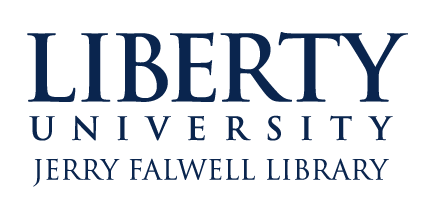Page Range
58-76
Keywords
perichōréō, perichōrēsis, Gregory Nazianzen, Maximus the Confessor, Christological Use of Perichōréō
Abstract
The doctrine of perichoresis applied to Trinity is the mutual coinherence or interpentration of the Persons of the Godhead. Applied to Christology, perichoreo is, first, the reciprocal passing of characteristics and titles between the divine and human natures hypostatically united in Yeshua. Secondly, it also describes the distinct but intimate union between Christ's natures. Historically, the Trinitarian use of perichoresis grew out of the christological use of perichoreo first developed by Gregory Nazianzen (A.D. 4th century) and then, subsuquently, explained by Maximus the Confessor (A.D 7th century). Maximus, often directly commenting on Gregory's use of perichoreo, seeks to expound upon the union of the divine and human nature in Christ. This essay begins with an investigation into Gregory's use of the term and concept of perichoreo followed by a summarization of the findings . After this, Maximus' use of the concept and term of perichoreo/perichoresis in his Quaestiones Ad Thalassium, Ambigua 1-5, and the 2nd Letter to Thomas will be analyzed and summarized . Lastly, this essay demonstrates how Maximus follows and advances Gregory's use of perichoreo in said works as well as notes the discontinuity between Maximus' use and Gregory's.
Recommended Citation
Scalise, Brian T.. 2012. "Perichoresis In Gregory Nazianzen and Maximus the Confessor." Liberty Theological Review 2, (1). https://doi.org/10.70623/HERY9501.
Included in
History of Religion Commons, Religious Thought, Theology and Philosophy of Religion Commons


